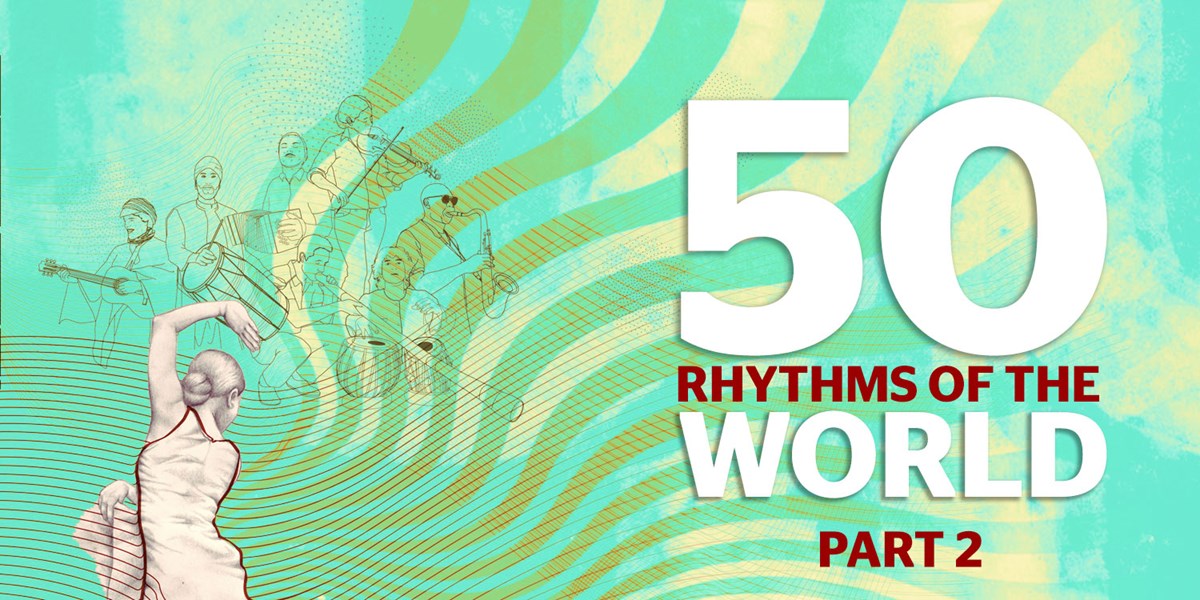Wednesday, May 26, 2021
50 Rhythms of the World (Part 2 – N to Z)
This is Part 2 of our A to Z of 50 Rhythms of the World, from Nongak to Zouk. Discover a whole world of music through the rhythms that bring it to life....


Register now to continue reading

Thanks for visiting the Songlines website, your guide to an extraordinary world of music and culture. Sign up for a free account now to enjoy:
- Free access to 2 subscriber-only articles and album reviews every month
- Unlimited access to our news and awards pages
- Our regular email newsletters

